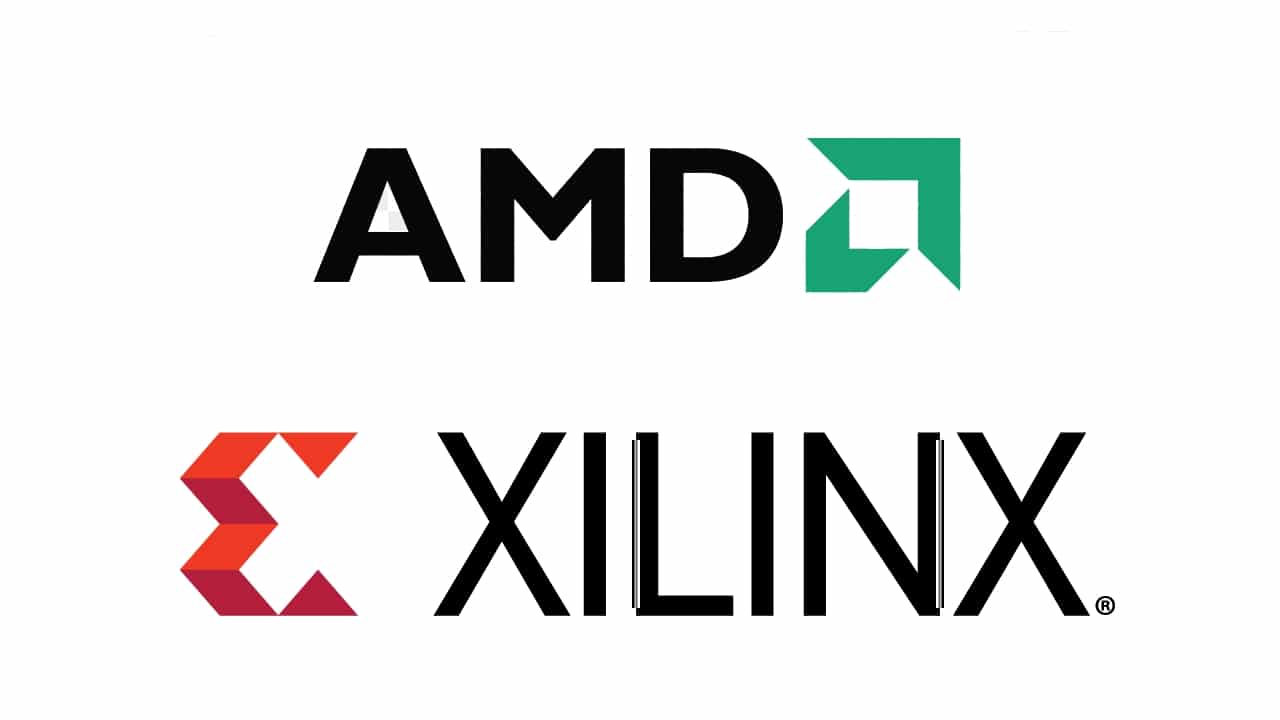
Not long ago NVIDIA made another strategic move by buying Arm, with a series of consequences. Positive for Graphzilla itself, and negative for those currently dependent on ARM ecosystem technology. Has now been AMD the one that has made another strategic move by buying Xilinx.
And is that AMD is at its best, that's why it has taken advantage of that to pay nothing more and nothing less than 35.000 million dollars to take over Xilinx and its entire portfolio of products and technology, especially the one related to 5G and FPGAs.
Positive consequences

In this case there is not as significant an impact as in the case of Arm's purchase by NVIDA. It is true that Xilinx products They have a multitude of clients and companies that also depend on it, but in this case there are some alternatives and, furthermore, it does not have as huge an impact as in the case of ARM.
Evidently AMD will be the biggest beneficiary of this purchase, although it could involve risk due to the enormous amount of money that you have disbursed. Some experts predict that it could be the end of this company, such as former Intel François Piednoël. And it is that, despite the good moment of AMD, it is too much money for the coffers of the company.
Everyone will remember what happened when AMD bought ATI. It was a key move, but it was also true that it was a serious blow to AMD's strength, and it took a long time to recover from it. It is true that at that time it was not the same AMD today, but we will have to be cautious ...
As you can see, there are more and more company mergers. The big companies need more and more power to be able to compete in certain key markets, and that responds to these purchases that are happening, such as those of NVIDIA and Arm, or the previous one from Mellanox, and also this one from AMD-Xilinx.
Intel, Instead, they are not only not buying, but they are selling their flash memory division to SK Hynix for $ 9.000 billion. And not precisely because they need money, since their accounts are healthy, but because they are not competitive in that sector and they are getting rid of their NAND flash business (their Intel Optane memories go into Chinese hands).
Intel is thus left with a still powerful business in terms of CPUs, and with a bet on GPUs with their Intel Xe that is still quite green and that cannot compete with AMD and NVIDIA for now. Chipzilla's situation is not very good, we will have to wait and see if movements are made within it to reverse the situation.
But if they can't react, NVIDIA is a great threat now that it has everything to succeed in the GPU sector being the current leader, and also now the tools to do so in the network sector (with Mellanox) and CPUs (with Arm), which positions it as a candidate to dominate the HPC sector.
AMD for its part will now be able to count on Xilinx's 5G mobile technology to, perhaps also attack the mobility sector (Recall that they failed to sell their mobile graphics division to Qualcomm, which has now become the powerful Adreno graphics ...), for example, against NVIDIA SmartNICs and against Intel's 5G.
It also obtains in its product portfolio the powerful Xilinx FPGAs, with which to include specific accelerators for certain tasks, the Adaptative SoC together with their EPYC, which could also be an advantage in HPC. Remember that Intel also acquired Altera's FPGA business in 2015, so it will be able to compete with it, with the difference that Altera was a great FPGA, but Xilinx is a leader in this regard ... AMD's commitment has been more strong.
And of course, you are in good health in terms of your GPUs. Although they are not at the domain levels of NVIDIA, but they can do them great harm, and at the moment they are far ahead of Intel.
Negative consequences?

The truth is that still not many details are known of the AMD and Xilinx agreement, but in the face of such an outlay of money, it is likely that they will continue with the entire Xilinx product portfolio forward to obtain profits from that sector. Intel has done it with Altera products, which has now continued. So everything would indicate that AMD will also continue, and will not cancel any product that Xilinx now has.
What it will do is use them to its advantage, but that should not worry too much to all current Xilinx customers. Furthermore, the licenses would not change as was feared in the Arm case.
The one that could having it more complicated is NVIDIA, the direct competitor of AMD. Since their Mellanox networking products use Xilinx FPGAs for the design of their high speed interconnects. Now will you continue to maintain this deal with NVIDIA knowing that they are competitors? AMD may have no desire to supply technology to its competitor, so NVIDIA would have a serious problem.
Some experts say that it would not make much sense to withdraw this technology, since NVIDIA can help AMD too in the sense that it is a great customer who will bring you profit. What they can do is use Xilinx to their advantage for their full high-speed Ethernet network stack, and be able to launch a competing product for NVIDIA technology.